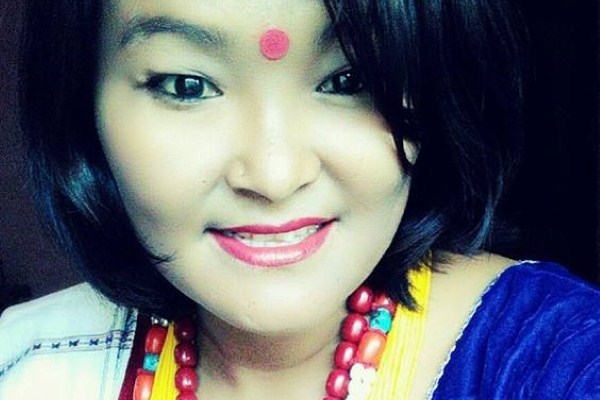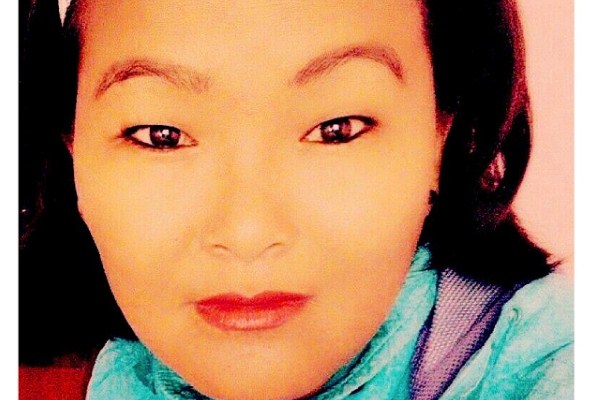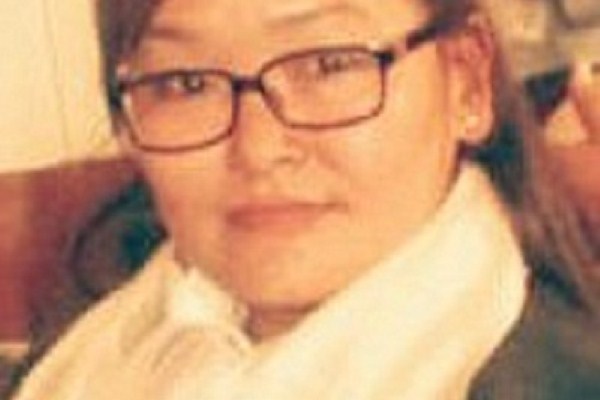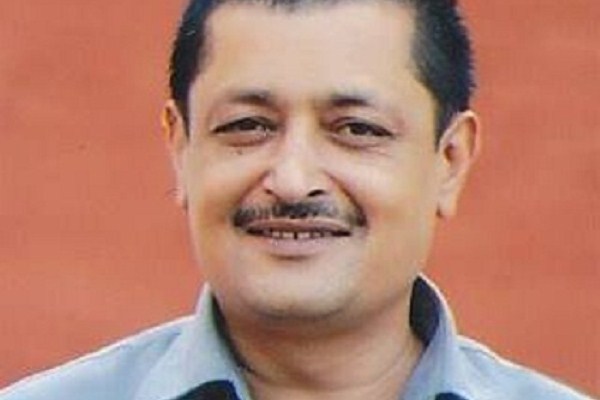विचार
Indigenous Community in Nepali Media
- Suresh Kiran
It has been a long time that Nepalese indigenous people have a space in Nepali media. A suitable environment was created for media after the declaration of democracy in 1951 AD. But after 10 years, Panchyayati System replaced democracy, therefore, both Nepali media and indigenous people were hooked. Just to show to the world, Panchyati System permitted some media controlled by the government and some private newspapers that were in favor of the government. Though such media saved journalism but that journalism couldn’t address the voice of indigenous people. Such journalism just promoted to the king, Panchayati Regime politically, and socially to the Khas Nepali language, Hindu religion and culture.
After the rehabilitation of democracy in 2046 BS, the system became more flexible for both media and indigenous people. But Panchyati influence couldn’t be away in terms of addressing indigenous people in media. Democracy has provided ample openness and freedom to Nepali media. But some media used such freedom against indigenous people.
Nepali media have been broadcasting news, report, and feature and so on about indigenous community. But most of the reports are guided with mono-gender or non-indigenous perspective. Recently, an extreme example was seen in Nepali media. News 24 television broadcast a report on the rising custom of respecting people with Tibetan scarfs (Khada).
On the report, it was said that the verses written in such Khadas are in Tibetan language and Tibetan scripts. As we don’t understand the language, that might be objectionable. The news tortured to Sherpa people in Nepal who take Khada as a gift of respect.
Mainstream media in Nepal is still equipped with the psychology of ‘One language one country, single religion single uniform’, therefore, the media observe the culture, custom and behaviors from the same psychological perspectives. Polyandry in Himali region, Yak’s fresh blood drinking, negative news about Christians, detention; all subjects are put into story from mono-ethnic angle.
Among many aspects of indigenous people, one subject that is covered in media is the culture. During the time of festivals of indigenous community, media present news about them. But during the festivities celebrated in Kathmandu, as the head of the government or the nation are placed in lead line, the festival itself becomes in shadow. Ghodejatra, Gaijatra, Indrajatra, etc are such festivals in which the presence of the head of the government forces newspapers to focus on their photos in Headline in Kathmandu.
When local Newari people celebrate their own festivals, simultaneously, the people from Hindu religion and Khas-Arya community also celebrate their festivals. At that time, as media only give only priority to Hindu religion and the festivals of Khas-arya community, Newari festivals seem disappeared. For example, as the people from Hindu religion celebrate ‘Teej’, at the same time, Newari community celebrate ‘Chathaa:’. There we can see ‘Teej’, but not ‘Chathaa:’. When there is ‘Ghodejatra’ from government side, Newari people celebrate ‘Mhapooja’. Then there is ‘Ghodejatra’ not ‘Mhapooja’ in media. ‘Deusi’ is given more importance during ‘Tihar’ than ‘Mhapooja’. During Dashain, all media run after ‘Phulpati’ neglecting ‘Koochhivwaya’ or ‘Syakwatyakwa’. Due to such coverage of media in the valley, some important festivals shadowed.
Though the news and articles about indigenous community are published, the names of the place and customs are wrongly mentioned. Consequently, there is chance of losing originality related to the specific place. Some local Limbu campaigners were active to correct the names of different places in Panchthar, the eastern part of Nepal blaming media spoiling original names.
Though ample priority is given to the culture and custom of indigenous community, but their political news is not getting a proper space. The main reason behind the issues related to federalism on the ground of identity is that media failed to make clear on the notion/beliefs of indigenous community. Indigenous and Madheshi community demanded for federalism on the ground of identity. But media less prioritized to the ideas of Indigenous and Madheshi community on the demand of federalism based on identity rather opposition ideas were more focused. Even in some contexts, media seemed against the demand of Indigenous community of federalism based on identity. Due to this reason, media come under attack in Tarai-Madhesh as well as in the capital. Attack over media is itself a wrong work. Further, it has created more distance between Indigenous movement and media.
While mentioning the place of indigenous community, the next subject that should be analyzed minutely is the source person (Quoted Person). Most of the news published on the newspapers are political, after then other subjects come. We can see a few indigenous people quoted as source person in the news written on such subject matter.
Besides the news based on language, culture, art, etc. related to their own indigenous community, a few indigenous are quoted as source person in the subject matter of general interest such as politics, economy and so on. Moreover, most of the pictures published on the newspapers do not belong to indigenous people. A minute analysis is still not carried out of on the basis of news on the newspapers, radio and television. The position of women is carried out in micro level on the same subject matter but not on the issues of indigenous community.
Specially, in the news related to criminal activities in Kathmandu, mainly indigenous people are mentioned. As majority of the people from indigenous community are illiterate, they get involved in such criminal activities and have their bad names published as criminals. Indigenous people are rarely covered in news stories for good works. The reality is that indigenous community have a few number in politics, economic policy, administration, education, health, etc.
Even intellectuals from indigenous community are not found mentioned in the news. There is no political leader mentioned in political news. When mentioning spokesperson or officers in the news of official court, there we can find no indigenous person. While talking about the position of indigenous community in media, this part should also be analyzed. Indigenous community is less prioritized not only such subjects but also in the mainstream of the news.
Kiran is the Editor of ‘Nepalbhasha Times’.

 एक विद्वानले भनेका छन्–“एक वर्षका लागि हो भने धान रोप । एक दशकको लागि हो भने रुख रोप । एक शताब्दीको लागि हो भने जनतालाई शिक्षित गर ।” नेपाल एउटा विविधताले भरिएको देश हो जहाँ विभिन्न जातजाति भाषाभाषी, धर्म संस्कृति छ । जसको आफ्नै मौलिकपन छ ।
एक विद्वानले भनेका छन्–“एक वर्षका लागि हो भने धान रोप । एक दशकको लागि हो भने रुख रोप । एक शताब्दीको लागि हो भने जनतालाई शिक्षित गर ।” नेपाल एउटा विविधताले भरिएको देश हो जहाँ विभिन्न जातजाति भाषाभाषी, धर्म संस्कृति छ । जसको आफ्नै मौलिकपन छ ।
 भनिन्छ पूर्वबाट उदाउँने सूर्य अन्त्यमा गएर क्षितिजमा अस्ताँंछ । क्षितिजलाई खोज्दा खोज्दै मानिसको भौतिक शरीर एक दिन समाप्त हुन्छ । जसरी सूर्य पूर्वबाट उदाएर पश्चिम हुँदै क्षितिजमा हराउँछ । किनकि यो प्रकृतिको नियम हो । मानिस जन्मिएपछि एक दिन मृत्यु निश्चित छ ।
भनिन्छ पूर्वबाट उदाउँने सूर्य अन्त्यमा गएर क्षितिजमा अस्ताँंछ । क्षितिजलाई खोज्दा खोज्दै मानिसको भौतिक शरीर एक दिन समाप्त हुन्छ । जसरी सूर्य पूर्वबाट उदाएर पश्चिम हुँदै क्षितिजमा हराउँछ । किनकि यो प्रकृतिको नियम हो । मानिस जन्मिएपछि एक दिन मृत्यु निश्चित छ ।
 भाग्य र समय यति बलवाल छ जहाँ केवल भगवानको कृपा र समयको साथ हुन्छ । भगवानको कृपा र आशिर्वादविना मानिसले यो संसारको कल्पना गर्न गाह्रो छ । किनकि प्रत्येक जिवित प्राणीमा भगवानको आत्मारुपी शक्ति हुन्छ । जुन शक्तिको कारण भौतिक वस्तुहरुको विकास भइरहेको छ ।
भाग्य र समय यति बलवाल छ जहाँ केवल भगवानको कृपा र समयको साथ हुन्छ । भगवानको कृपा र आशिर्वादविना मानिसले यो संसारको कल्पना गर्न गाह्रो छ । किनकि प्रत्येक जिवित प्राणीमा भगवानको आत्मारुपी शक्ति हुन्छ । जुन शक्तिको कारण भौतिक वस्तुहरुको विकास भइरहेको छ ।
 ‘मित्रता– दिवस’मा उच्चतम परिणाम हात पारे– रेणु र पार्वतीले । महिला– मेयर उपमेयरको महत्व पछि पत्तो होला । तर, सशस्त्र युद्धको भार बिसाउँदा भन्दा ठूलो खुशी मिलेको हुनुपर्छ– प्रचण्ड परिवारलाई । चितवनका ‘छविलाल’को मात्र होइन सानेपा गठबन्धनको पनि ‘छवि’ उजेलियो ।
‘मित्रता– दिवस’मा उच्चतम परिणाम हात पारे– रेणु र पार्वतीले । महिला– मेयर उपमेयरको महत्व पछि पत्तो होला । तर, सशस्त्र युद्धको भार बिसाउँदा भन्दा ठूलो खुशी मिलेको हुनुपर्छ– प्रचण्ड परिवारलाई । चितवनका ‘छविलाल’को मात्र होइन सानेपा गठबन्धनको पनि ‘छवि’ उजेलियो ।
Comments